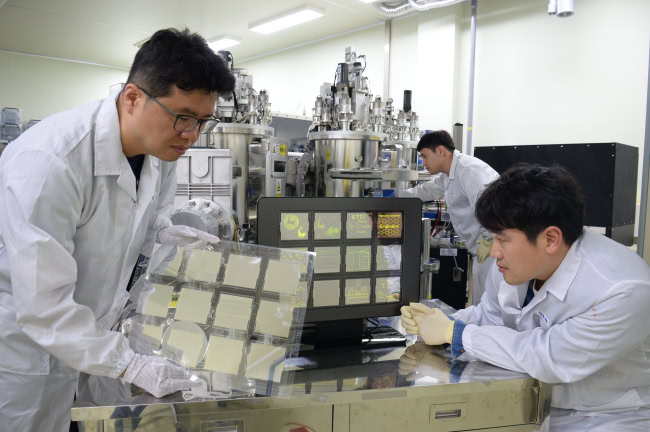Affiliate links on Android Authority may earn us a commission. Learn more.
Creating stronger OLED panels with the help of graphene

The Electronics and Telecommunications Research Institute (ETRI) from South Korea has made a breakthrough in OLED display technology. In partnership with Hanwha Techwin, which was previously Samsung Techwin until December 2014, ETRI has created an OLED display with transparent electrodes made out of everybody’s favorite wonder material, graphene.
The team has managed to replace indium tin oxide (ITO), which is used to make transparent electrodes in OLED panels, with graphene. ITO is very fragile, while graphene is a very thin, flexible material, and well known for its durability. It is also the fastest in terms of transferring heat and electricity among the materials we currently know.
The display made by the researchers measures 370 mm x 470 mm and uses graphene electrodes thinner than 5 nanometers. They have been developing it for the last four years and while it’s small, it is actually the largest panel of its type in the world.

Cho Nam-sung, who is the head of the ETRI research team, said that the commercialization of flexible OLED products can now move forward thanks to the new material. Although he did not mention when exactly we can expect to see the new technology hit the market the new breakthrough comes at just the right time.
The demand for OLED displays is significantly increasing and Apple has reportedly ordered 70 million bendable OLED displays from Samsung recently for use on the iPhone 8. Samsung’s connection to Hanwha Techwin may make it an early beneficiary of the new graphene-based display technology.
Additionally, Google is offering to invest at least 1 trillion won, which is around $880 million, in LG’s display division in order to help it increase production of flexible OLED screens. The reason for this is that the online search giant wants to secure a stable supply of the displays for its upcoming Pixel smartphones.